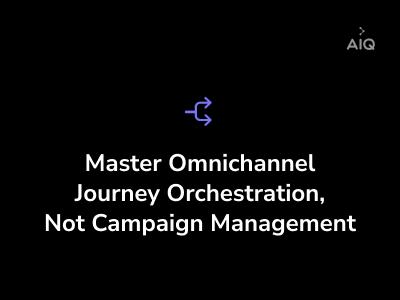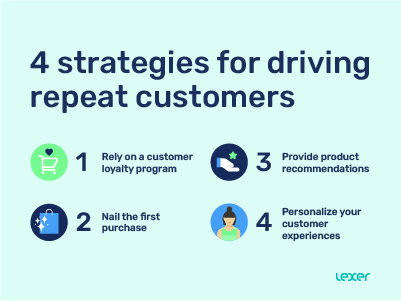How to Choose a B2B Customer Data Platform: Better Data Sources Mean Better Profiles and Better Decisions
February 21, 2022As we all know, buying signals come in many shapes and from many sources. In last blog we discussed how to bring them all together to create buyer profiles at the account, buying center, and contact level. Now let’s look at how to practically source all of this data easily while understanding how you can use it in your sales and marketing teams.
In the olden days of marketing — aka ten years ago — it used to be okay to do an annual data update. It seemed like there weren’t as many acquisitions. People didn’t change jobs as much. And market dynamics just felt a lot less fast paced. For the most part we were just beginning to feed dynamic websites. Today’s marketing and sales automation tools, chat bots, etc. need to be fed by the most up-to-date data. Is this person at the same company they were? Does their social profile indicate an interest in our company’s kind of products? Has something changed in their interests to indicate a different role or strategic focus? Are they a customer? Or not? Is there a certain activity in either internal or external systems that would indicate a level of interest or context that could enrich the profile or buying propensity score?
Remember, not all B2B data sources are created equal. Some are very good regionally or are better at providing mobile contact numbers versus corporate extensions. Some are specialized for regional contact information or have specific insights on the technology stack the company deploys. There are literally hundreds of data providers globally who all have either a narrow or broad niche of B2B-centric firmographic and demographic information. Most sales and marketing operations people are not experts in curating this data. It’s necessary to understand the expertise involved in evaluating and curating these data sources that your B2B provider can bring to bear for your use cases.
Many CDPs today have their origin in the B2C space, where first party data made up the lion’s share of the requirement. In B2B, however, the ability to have both 3rd and 1st party data is critical. As a result, make sure to look for B2B CDP companies that offer both branded and embedded 3rd party data based on partnerships with data vendors as well as search capabilities that enable the contextualization of open and public web/social data. In one of the leading B2B CDP solutions, for example, customer data is combined with embedded data and/or additional 3rd party data sources to create a client-by-client specific buyer graph where the native schema of core objects include person, company, activity, and the complex relationships between them – ready to easily onboard and integrate any type of new data from any new sources.
Finally, it’s also important in today’s global privacy world to understand what consents are necessary for campaigns, phone calling, or texting. Some solutions enable you to unify and aggregate consent flags across systems within a unified graph and leverage this for segmentation. Be sure to check whether or not your prospective CDP solution provides this capability.
In Forrester’s evaluation of 14 leading B2B CDP companies, Forrester compared the types and sources of data each solution supports. To make their determinations, Forrester considered several factors such as (1) how the CDP incorporates 3rd party data, (2) if (and how) they support consent-only data collection & usage model, (3) whether the solution shows the source of data collected and stored, (4) if the solution offers any proprietary 2nd party data, and (5) if the solution offers native support for account data with a database table, structure, or schema that is account-aware. Read more here.
Data sources and types are important to consider — especially when thinking about the number of sources that actually complete a record or supply a buying signal for an account or contact. Thinking through the source by record and any applicable privacy concerns is not a trivial matter. To learn more about the benefits of implementing a CDP, and to see how various B2B CDP solutions rank in all 10 evaluated categories, check out The Forrester New Wave™: B2B Standalone CDPs, Q4, 2021.


